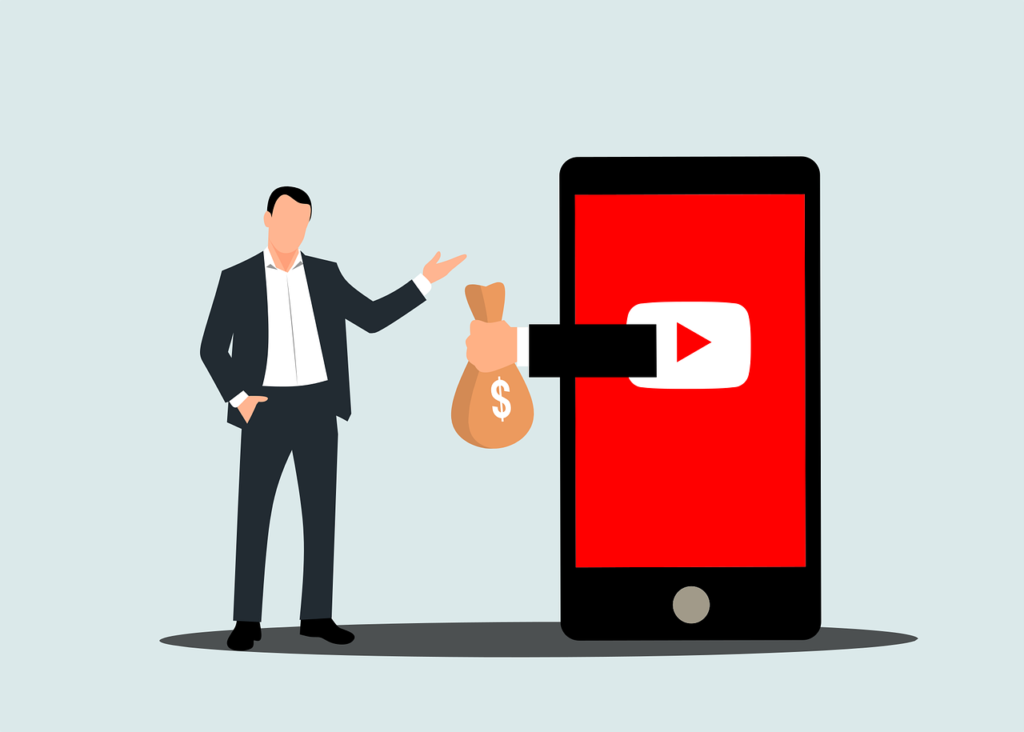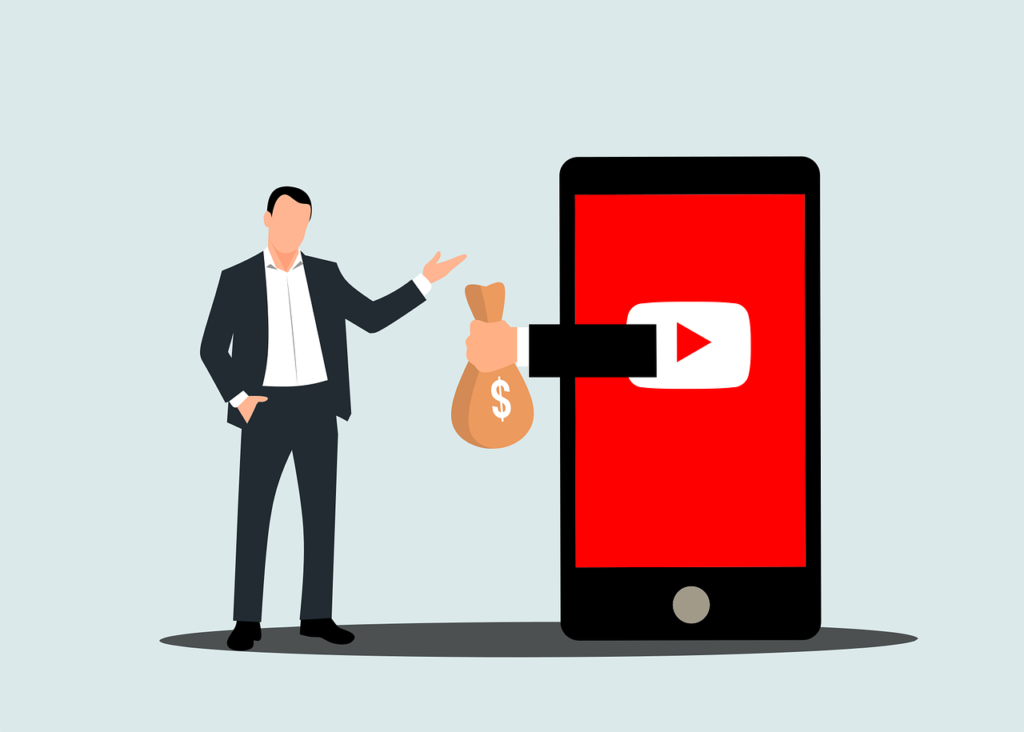How Many Ways to Monetize on Youtube: Comprehensive Guide

Monetization on YouTube channel can be a lucrative way to generate income while sharing your passion and expertise with a global audience. Here, we delve into detailed strategies for ways to monetize on youtube, focusing on the YouTube Partner Program (YPP), sponsorship agreements, affiliate marketing, and product sales. A Comprehensive Guide to Earning Income from […]
How to Rank Youtube Channel on Search Engine Optimization

Developing an Effective Channel Strategy for Starting a YouTube Channel Rank youtube channel on search engine optimization involves a strategic approach to Search Engine Optimization (SEO). To start, focus on optimizing your video titles with relevant keywords, such as “How to Rank YouTube Channel on Search Engine Optimization.” Ensure the titles are compelling yet concise. […]

